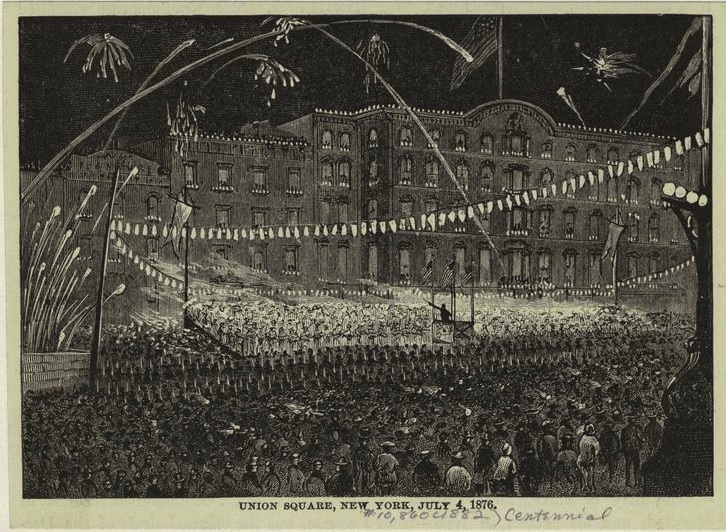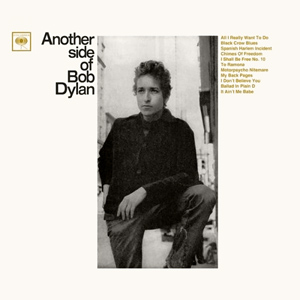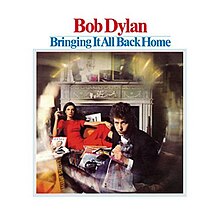I am writing this from the deck of a dear friend and loyal reader's lake cabin. I'm on my way home from the road, and finally have the time and quiet I need to dig back into serious Dylanology. The regeneration from my vacation is a perfect feeling to have when discussing Bob Dylan's mid-1970s resurgence. Some of my favorite albums are so-called "comeback" albums by great artists who revive their talents while leavening them with wisdom and experience. My favorite Elvis album is by far From Elvis in Memphis, and if Blood on the Tracks isn't my favorite Dylan album, it's for sure in the top three.
When Dylan had his return to the fore in the depths of the mid-1970s malaise it must have seemed like a miracle to those left disappointed after the sixties' deflation. There is footage from the Scorsese doc about the Rolling Thunder tour where girls are crying tears of joy after the early shows. The best of this era of his music really is that powerful, but it did not last for long.
Before the Flood (1974)
Dylan's comeback years (at least in my opinion) are bookended by two mediocre double live albums. The double live album is a curio of the 1970s, when fans wanted to relive live performances and those who missed it could feel like they were taking part. This one comes from Dylan's tour with the Band in early 1974, which I consider the beginning of his comeback period. He was doing a full tour for the first time in eight years and played huge venues, going from the margins to the cultural center with a flash of lightning and hype. Unfortunately, the music here is not especially compelling. As I have mentioned, I am a huge Band fan, but if you want a Band double live go and listen to Rock of Ages. In these recordings Dylan seems to be over-singing, still not sure of his footing. With the Band backing him it's still juicy stuff, though. This project compelled me to listen to it for the first time, I think I might go back for another listen.
Rating: Three and a half Bobs
Blood on the Tracks (1975)
Well, there really isn't anything I can say about this record that hasn't been said before. The lyrics are soul-baring and soul-crushing, an examination of what happens when life and relationships turn out different than you intended. I have jokingly called it "Middle Age: The Album." This may or may not be my favorite Dylan album, but "Tangled Up in Blue" is easily my favorite Dylan song. It's cinematic and touches on everything from post-Sixties disillusionment to the resentments we can't shake to the poetry of Petrarch. Nothing in the music he had made to this point in his career signaled that this was coming. What's truly mind-blowing is these aren't even the best recordings of these songs! (more on that later)
Rating: Five Bobs
Desire (1976)
Like Nashville Skyline this is a brilliant stylistic one-off. Dylan collaborated with Broadway guy Jacques Levy and assembled a big band with a spotlight role for violinist Scarlet Rivera. It sounds like nothing else he or anyone else ever recorded. The songs are topical for the first time since his folkie days, from the searing "Hurricane" to the godawful "Joey" (the reason this album gets downgraded.) The former is about a falsely imprisoned boxer, the latter about a murderous gangster. Both are treated as heroes. As much as I enjoy this album (and I do), the live versions on the Rolling Thunder tour are the true flowering of what Dylan tried to do here.
Rating: Four and a half Bobs
Hard Rain (1976)
I first saw this album for sale as a discounted tape in a truck stop in the early 1990s, which immediately made me think it was not one of Dylan's essential albums and not worth listening to. I kept that stance until this project, and I turned out to be right. This live album comes mostly from Dylan's last shows of the second leg of the Rolling Thunder tour, when a lot of the joy was gone and he and the backing players were just soldiering on. It comes out in the performances, but some of the magic is still there, especially on "Maggie's Farm." The Bootleg Series recordings from the first wave of the tour blow these away, but if you'd never heard them, you'd enjoy this plenty.
Rating: Three Bobs
Street Legal (1978)
I was not sure whether to group this with the "comeback" or with the impending Christian period, even though the lyrics are very secular. The very Yacht Rock, lush musical style of this album would be applied to Christian lyrics on Slow Train Coming. However, I decided it was best to see it as the beginning of the end of the comeback, and the sign that a major change was about to happen. As I mentioned the sound is very much of the late 70s, so your mileage varies on how much that sound appeals to you. I have a big Dylan head friend who says this is his favorite Dylan album due to his love of that sound. His arguments have persuaded me that this is not a forgettable blind alley but a flawed record with some great songs. However, the brilliance of his last two studio records is gone. Still worth repeated listens.
Rating: Four Bobs
Bob Dylan at Budokan (1979)
This is one I never listened until two days ago, and WTF?!? It's live recordings from the famous Japanese venue where the Bobfather has trotted out all of his old favorites and reimagined them in his then soft groove late 70s style. In some cases hearing old standards in this new format is fascinating, in many cases it's just grating. It's obvious that Dylan was feeling the need to make a big change in his life. Instead of permanently butchering his oldies, he opted to convert to evangelical Christianity. More on that next time.
Rating: Two and a half Bobs
Bootleg Series Vol. 14: More Blood More Tracks (recorded 1974)
Next to the Basement Tapes the New York sessions for Blood on the Tracks are the most bootlegged thing in Dylan's career. He had recorded the album with crack musicians, then decided after playing it for his brother to come home to Minnesota and record again with local musicians, and those versions make up most of the studio album. I like their more amateur, less precise backing, but some of the songs suffer from Dylan's changes in tone. The versions of "Idiot Wind" and "Tangled Up in Blue" here are absolutely devastating. During the height of COVID winter when I was still having to commute to New York City this album played in my car in my rides to and from the train station. Nothing else could speak to the pain in my soul at that dark moment. Once I get the money I will buy the whole shebang, for now I just have the one disc version. This is absolutely essential. (Some of the songs also appeared on the first Bootleg Series release.)
Rating: Five Bobs
The Rolling Thunder Review- The 1975 Live Recordings
Some of these songs first appeared in the fifth volume of the Bootleg Series, which amounted to a two-disc cull of the great Rolling Thunder recordings. This box set was my father's day present to myself this year, and includes ALL of the extent live recordings, including multiple full shows. That might sound like a crazy purchase, but it was worth it. Next to his punky live shows with the Band in 1966 these are his best live recordings. The band is amazing and Dylan's voice is in fine form. He's enthusiastic and even seems to be having fun! This also happens to be some of the best road trip music ever made. If you can, drop the money on the big box set, which will teach you why those fans were weeping in ecstasy after these shows. If you can't, settle for the Bootleg Series release, which is still fantastic.
Rating: Five Bobs
There's also some songs from this era on the original Bootleg Series release, including the aforementioned "Idiot Wind" and "Tangled Up in Blue." I happen to also enjoy "Golden Loom" and especially "Catfish," outtakes from Desire.
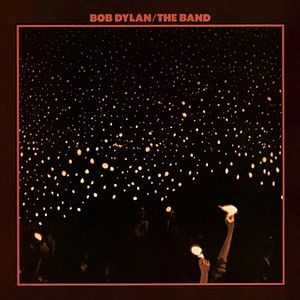

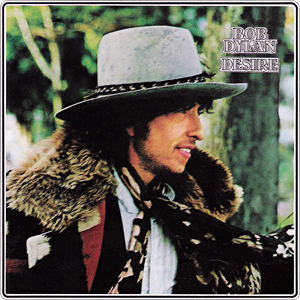




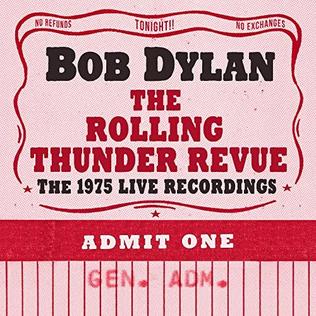



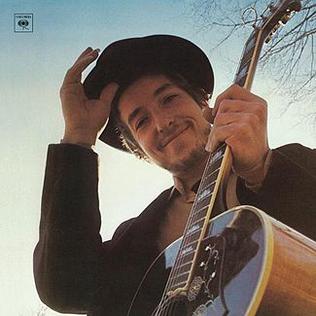

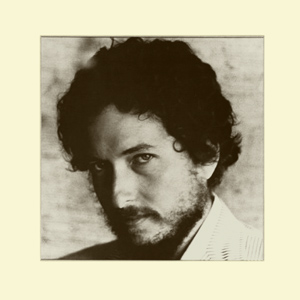



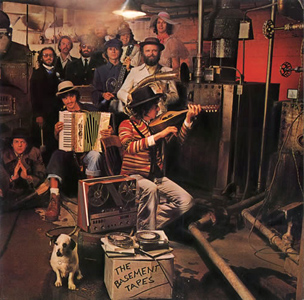
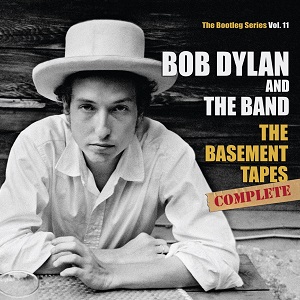
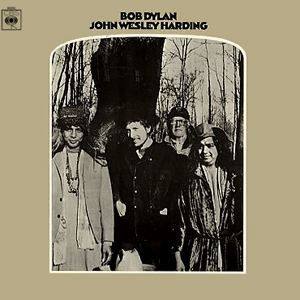


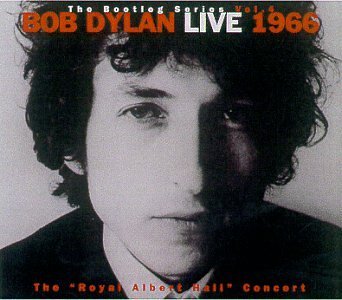
.png)
